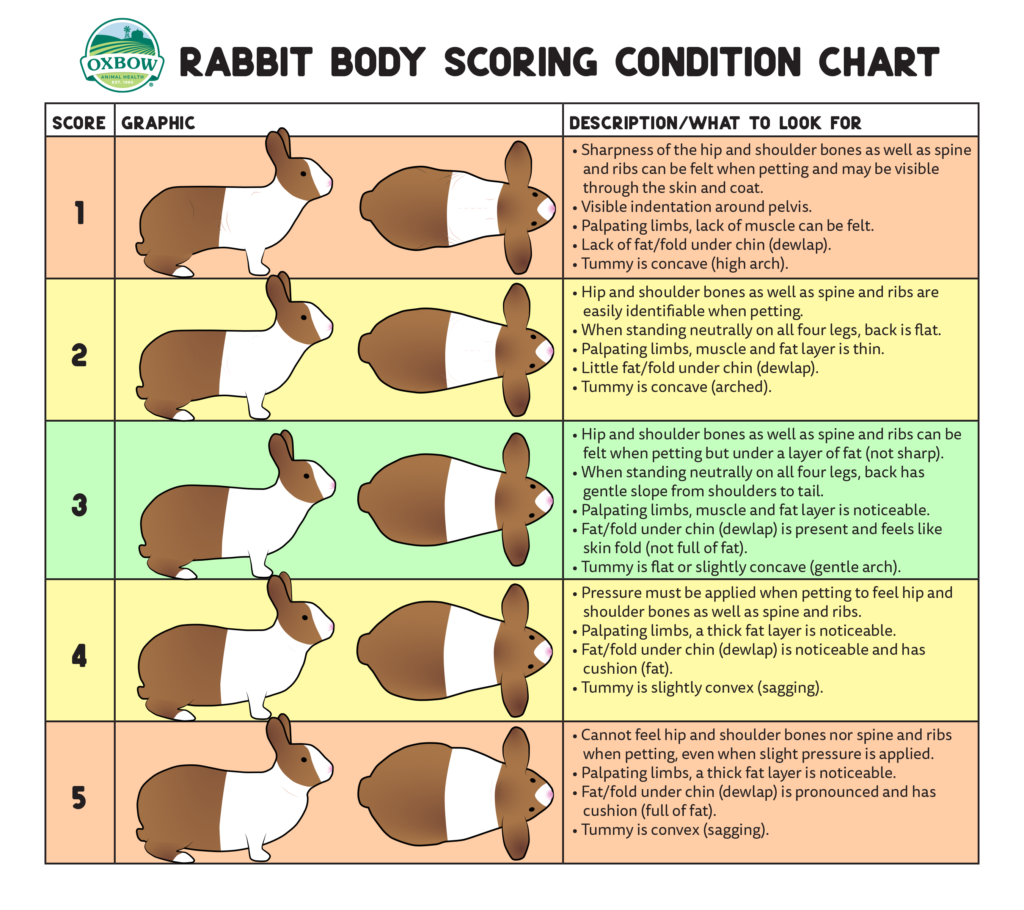Zoonotic Diseases
Humans and pets share our lives, our homes, our beds, and sometimes our diseases with each other. Zoonotic diseases are diseases that animals can share with people. If you own a pet, it’s a good idea to have awareness of some of the most common zoonotic infections:
Roundworms: In dogs and cats, roundworms are intestinal parasites that cause diarrhea, a potbellied appearance, or an unthrifty coat, but more often than not, pets with roundworms don’t show any signs of infection. Dogs and cats are most commonly infected via their mothers when they are born or by coming into contact with stool from an animal that was shedding roundworm eggs. Humans can also be infected with roundworms by ingesting the eggs (i.e. if a child plays in grass where an infested dog defecated, then puts their hands in their mouth). Because humans are not the usual host of roundworm, the larva migrate out of the intestinal tract and travel around the body, causing damage to organs such as the liver. The most severe complication of human roundworm infestation is blindness. To prevent transmission to people, pet owners should clean up stool quickly and practice excellent hand hygiene if their pets are infested with roundworms. Children should be kept from playing in yards that could be contaminated for 4 weeks after a pet’s infection has resolved.
Mange: Mange is caused by a tiny mite that lives in the skin and is very contagious to other dogs. Dogs, cats, and small mammals (especially guinea pigs) can acquire mange by being in contact with infected dogs or wildlife. These mites can also spread to humans. Both people and dogs with mange can develop severely itchy skin lesions. Pets with sarcoptic mange should be treated with an appropriate anti-parasitic medication and humans should seek the care of a doctor for treatment.
Ringworm: Despite its name, ringworm is not a worm but a fungal infection. Most commonly seen in cats and guinea pigs, ringworm can cause hair loss and thick scaling of the skin. Humans will often get characteristic ring-shaped skin lesions. Pets with ringworm should be isolated to an easy-to-clean space and handled with gloves while they are being treated. Humans can develop significant skin infections. Immunocompromised people are at increased risk of acquiring ringworm from an affected pet.
Rat Bite Fever: Rat bite fever is a zoonotic disease that can pass from rats to humans and other animals through bites, scratches, saliva, or urine. The bacteria that causes the disease is part of the normal respiratory flora in around 10% of all rats, and while it has no effect on the rats who carry it, infections can make people sick. Symptoms of an infection are similar to that of the flu and are easily treated with antibiotics, although in some people serious complications can occur. If you or someone you know gets sick after handling a rat make sure to let your doctor know so they can test for rat bite fever. The most common way people become infected from their pet rats is by sharing food with their rat or allowing their rat to kiss them on the mouth. Rats are wonderful, but please don’t share kisses with them!
Rabies: Rabies is a viral infection that is still one of the most deadly zoonotic diseases worldwide. Rabies is spread via bite wounds from infected animals. In Minnesota, cats, dogs, and livestock are most commonly infected with rabies from infected bats or skunks. Once an animal is bitten, they develop symptoms of rabies within weeks to months, and the infection is fatal. Rabies infections are fatal for unvaccinated animals and nearly always fatal for unvaccinated humans. The best rabies protection for both pets and humans is to make sure your pet is vaccinated!
Chubby Bunnies (and Guinea Pigs)
Do you know how to tell if your pet rabbit or guinea pig is the right weight? It can be tricky to assess, especially given the wide variety in different body types between breeds, but Oxbow created some handy charts to help evaluate the body condition of our littlest pets.


Employee Spotlight: Marie Oster

Marie has been with St. Francis for an incredible 20 years! She is a veterinary technician and our Assistant Practice Manager. She lives in Monticello with her husband, cats and a wonderful flock of chickens. Her Bengal cat Walter is a curious creature, who loves to talk! Her beautiful barn cats enjoy playing, eating, and visiting her (and Walter) inside from time to time. She als has a variety of chickens ranging from Barred Rocks, Rhode Island Reds, Easter Eggers, and a stunning rooster name Newster. Her favorite thing is to spoil each and every one of her animals as often as possible.
What is your favorite aspect of veterinary medicine?
My favorite aspect of my daily veterinary life is puppies!! Puppies will always put a smile on my face. The most rewarding and (sometimes) difficult part of my job is behavioral health. Fear Free is one of my new passions. Being able to make a difference in these pets’ lives is so rewarding. I also enjoy continuing education with pet parents and staff members. Lastly, I love being part of anesthesia for our surgery and dentistry patients.
What do you think is special about St. Francis? Why do you love working here?
I started at St Francis in 2003. St Francis has challenged and supported me throughout the years. The level of caring for their patients and employees goes well above and beyond. St Francis always strives for exceptional medicine. As an employee and pet parent, I so appreciate this. I want the absolute best for my animals as well as yours.
Upcoming Closures
Saturday September 2nd – Monday September 4th (Labor Day Weekend)
Special note: The Minnesota State Fair runs from Thursday, August 24th through Monday, September 4th. This can make traffic around the clinic difficult to navigate. Please give yourself a little extra time to get to your appointment if you need to travel near the fairgrounds!

